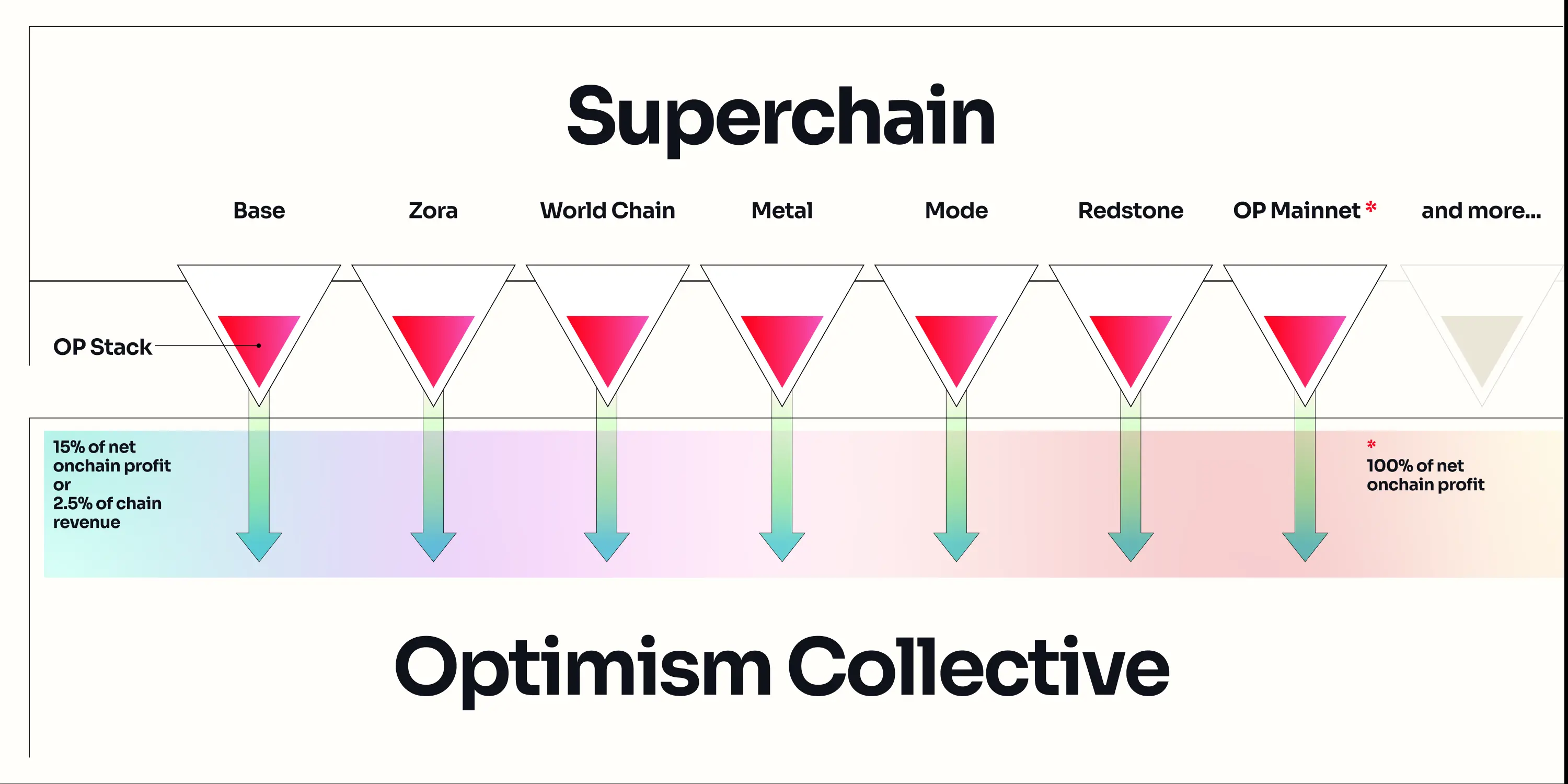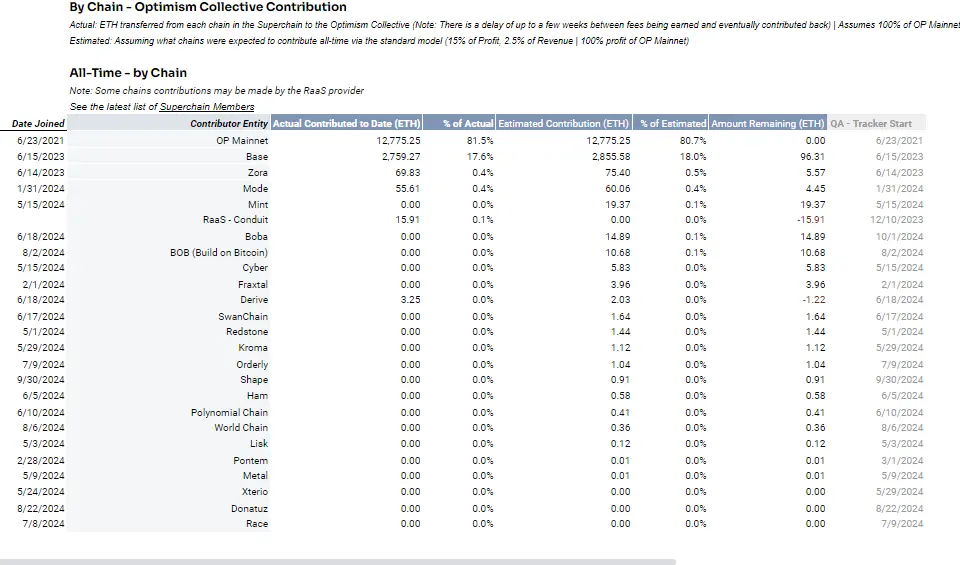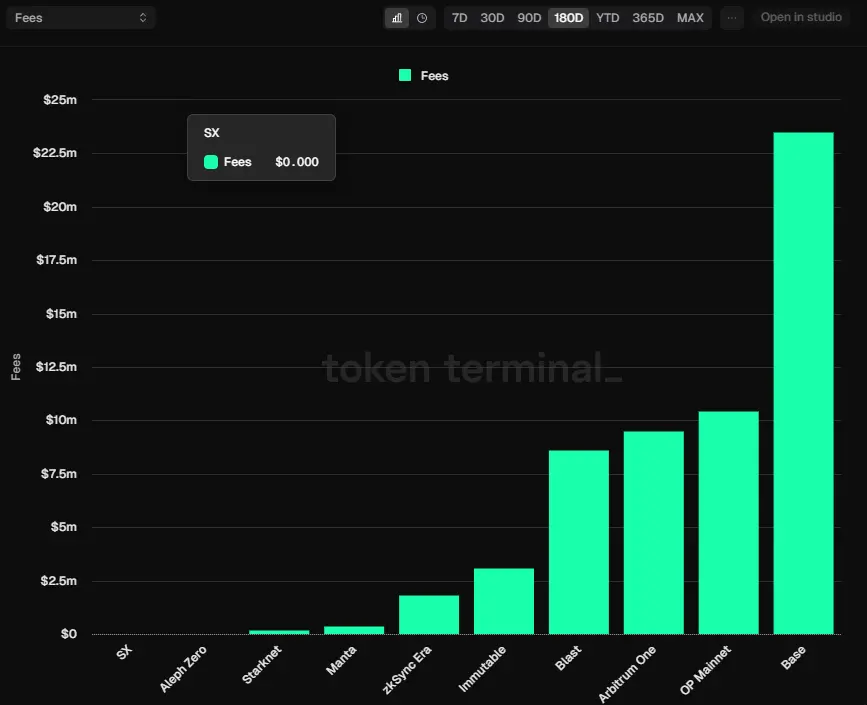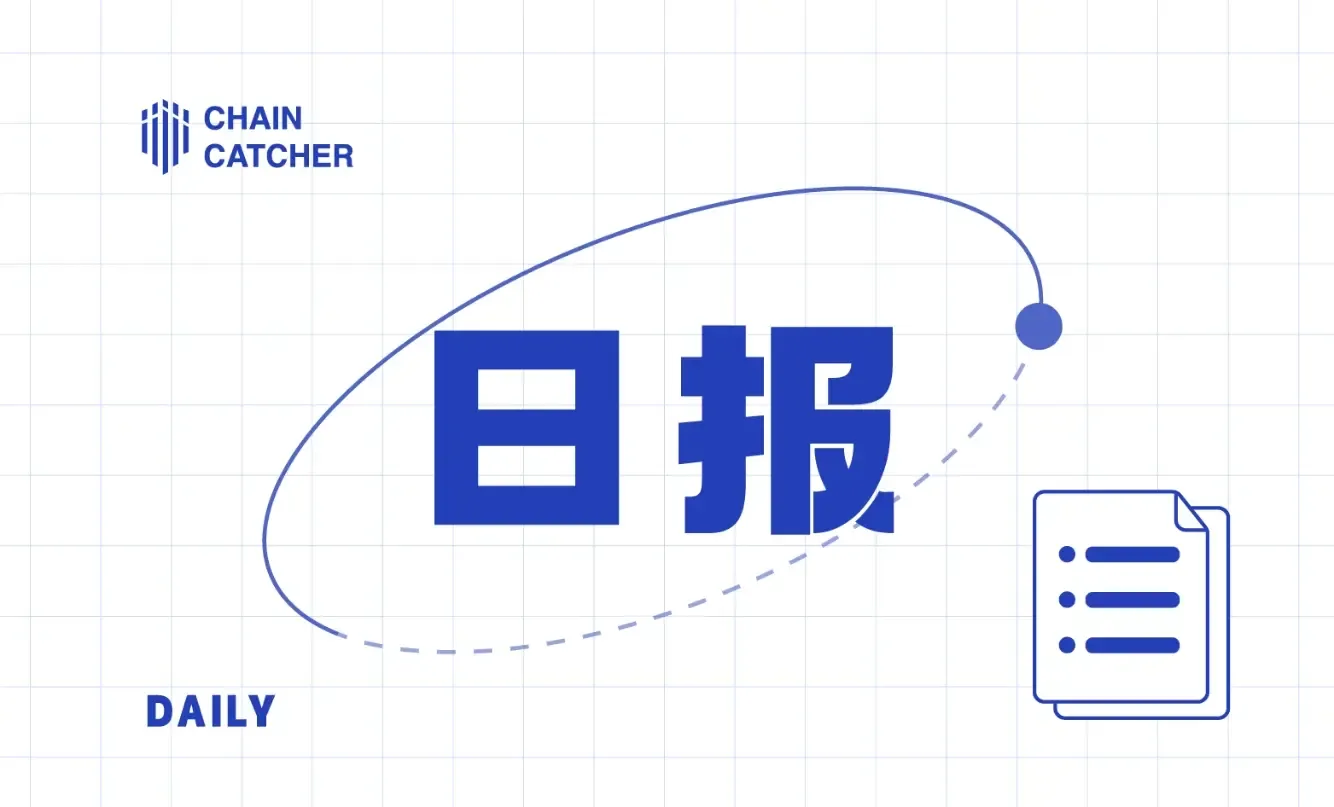Optimism's new revenue engine Superchain: OP Stack ecosystem revenue has exceeded 40 million dollars
Author: Xiyou, ChainCatcher
Editor: Nianqing, ChainCatcher
While the crypto community is celebrating the launch of the Layer 2 new network Unichain by DeFi leader Uniswap, it is Optimism, the silent supporter providing the key underlying technology, that emerges as the true behind-the-scenes winner.
In the developer funding event announced by Uniswap on October 15, it stated that Unichain is a Layer 2 new network built on OP Stack technology. As a part of the Superchain, Unichain developers can also receive additional rewards from the Optimism Collective Grants. This announcement undoubtedly serves as a public endorsement of OP Stack technology and clearly expresses Uniswap's preference for OP Stack among various L2 Stacks development solutions (such as Arbitrum, zkSync, etc.).
The collaboration between the two not only indicates Uniswap's deep recognition of the strength of OP Stack technology but also introduces a strong ally to Optimism's Superchain ecosystem. As of October 17, the number of L2 or L3 chains built on OP Stack has risen to 39, bringing over $40 million in revenue to Optimism.
Uniswap's participation is undoubtedly a feather in the cap for Optimism. As a long-standing backbone in the DEX market, Uniswap's large user base and trading volume are likely to inject new vitality into Optimism's SuperChain ecosystem and open up new avenues for revenue growth.
OP Stack Revenue Exceeds $40 Million, Trading Share in Layer 2 Market Approximately 60%
OP Stack, as an open-source modular toolkit launched by the Layer 2 network Optimism, supports developers in assembling or customizing any Layer 2 network according to their specific needs, thereby sharing the security and resources of the Ethereum network.
Since the Bedrock upgrade in June last year, Optimism has introduced the concept of Superchain for L2 networks built on OP Stack and renamed its previous Layer 2 mainnet Optimism to OP Mainnet, merging with several other Layer 2 networks built on OP Stack into a unified OP chain network known as Superchain.
Within the SuperChain ecosystem, all chains share a standardized underlying architecture, and resources and information can be shared through the Optimism Bridge. Users and developers can view all chains within the ecosystem as a single entity, referred to as the "Superchain," allowing developers to focus on creating applications aimed at the overall superchain, without users needing to consider cross-chain activities.
After Optimism and Base reached a revenue-sharing model in August last year, Base pays Optimism Collective 2.5% of the total revenue from its network sequencer or 15% of its profits, whichever is higher; the Optimism Foundation will provide Base with 118 million OP tokens as incentives over the next six years. This model not only promotes a win-win situation for Optimism and Base but also sets a precedent for other Layer 2 networks built on OP Stack.
Since then, every OP chain in the Optimism superchain has adopted a standardized revenue-sharing model, requiring each chain to pay 15% of its total sequencer revenue or pure profit (specifically, total sequencer revenue minus fees submitted to L1) to Optimism Collective, based on the higher amount.
As of October 16, the governance organization Optimism Collective has received 15,673 ETH from Superchain, with a value exceeding $40 million.

Currently, the Superchain ecosystem has 39 block networks based on OP Stack, including Coinbase's Layer 2 network Base, Uniswap's new Layer 2 Unichain, Sony's Soneium, Synthetix's application chain SNAXchain, Mode, social application CyberConnect's L2 Cyber, Worldcoin chain, and more.

According to the latest data from Superchain Eco on October 13, OP Stack chains account for approximately 59.5% of all transactions in the Layer 2 market. Last week, Superchain averaged 6.1 million transactions per day, accounting for 37% of all Layer 2 market transactions, with over 5,300 developers deploying applications within the ecosystem.
Among these 39 OP Stack chains, the revenue from the OP Mainnet will be entirely managed by Optimism Collective, while the remaining 38 networks are required to submit 15% of their total sequencer revenue or pure profit at the higher standard. Each month, Optimism Collective will compile the revenue data from each OP chain.

In terms of revenue, according to Superchain's statistics, as of October 17, Optimism Collective has generated 15,700 ETH (approximately $40.82 million), with the OP Mainnet contributing the most at 12,775.25 ETH (about $33.21 million), accounting for 81.5% of the total revenue; followed by the Base network contributing 2,759.27 ETH (approximately $717,000), accounting for 17.6%, and then Zora, Mode, RaaS platform Conduit, and others.

With the rise of Base and the increasing trading volume of OP chain networks like Mint and Orderly, the revenue share contributed to Optimism Collective is also growing. In the latest October revenue of 244.9 ETH obtained by Optimism Collective, Base alone contributed 44.8% of the revenue, while other chains collectively contributed 13.8%.
Is Optimism the Winner in Layer 2?
Through a standardized and open-source OP Stack toolkit, Optimism has successfully built the Superchain ecosystem, providing developers with efficient access to Ethereum's underlying tools and technical support, while unlocking various complex application scenarios, including gaming and social applications. This open and vibrant ecosystem has attracted a large number of developers and projects, creating a strong network effect. As the number of projects built on OP Stack continues to grow, the ecosystem enters a virtuous cycle, and the revenue generated by the Superchain ecosystem also rises accordingly, with significant economies of scale.
Moreover, through Superchain, Optimism has established its unique business model, currently having two clear revenue paths: one is the direct on-chain revenue from its Layer 2 mainnet OP Mainnet; the other is the on-chain revenue sharing from the Superchain ecosystem composed of OP chains.
These two paths together form Optimism's unique competitive advantage in the L2 market, creating a distinct business model compared to competitors like Arbitrum, StarkNet, and zkSync, with revenue performance standing out.

According to data from the Token Terminal platform, in the past six months, Base has maintained the top position in the Layer 2 market with $23.51 million in revenue, while Optimism's OP Mainnet follows closely in second place with $10.24 million in revenue. Although Arbitrum's TVL has long held the top spot in the Layer 2 market, its revenue is only $9.49 million, less than that of OP Mainnet. zkSync and StarkNet have even more limited revenues, at $1.84 million and $170,000, respectively.
Additionally, aside from the revenue from the OP Mainnet, 2.5% of Base's revenue or 15% of its profits will belong to Optimism. If calculated based on the 2.5% of revenue, Optimism's income will be: OP Mainnet + 2.5% of Base chain revenue, which means an additional $587,000 will need to be paid to Optimism over the past six months.
Furthermore, every transaction that occurs on OP Stack chains in the future will ultimately funnel a portion into Optimism's pockets, continuously generating revenue for it. With heavyweight projects like Uniswap joining, it is foreseeable that the revenue brought by OP Stack is expected to continue growing.













